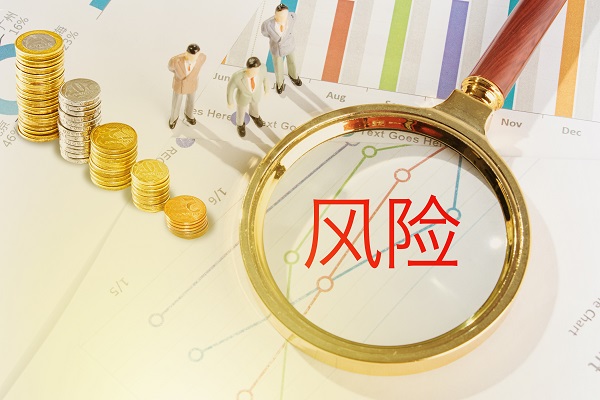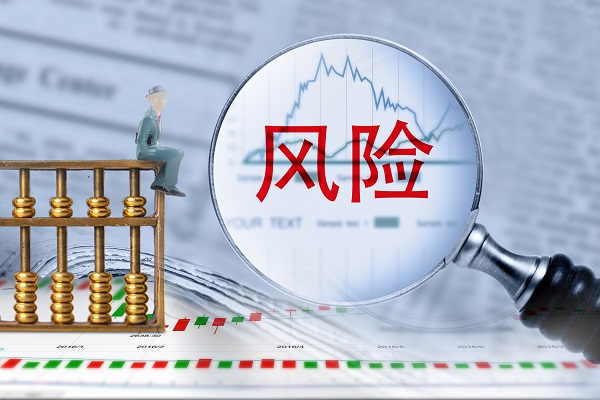In June, July and August this year, labor disputes in e-commerce companies have increased dramatically, and in places with strong awareness of rights protection such as Guangzhou and Shanghai, the compensation has reached 2N. This is a phenomenon we discovered during the after-class Q&A with students.
Everyone also wants to find the reason: in the first half of this year, some e-commerce companies were in losses and were forced to choose to lay off employees.
Our in-depth research found that in addition to the factors of sales decline, loss-making e-commerce companies have another important feature: their gross profit margin is too low and they cannot withstand the storm! In fact, gross profit margin has become the life-and-death line of e-commerce.
1. Gross profit margin and risk resistance
Gross profit margin and profitability are symbols of e-commerce companies' ability to resist risks. Here are two examples:
There is a furniture e-commerce student who is an original design brand with a gross profit margin of more than 60% and a pre-tax profit of more than 20%. Due to epidemic control factors, the company fell by 40% year-on-year in the second quarter, but the company still maintained profitability.
Another e-commerce company of the same category has an average gross profit margin of only 30%, and a pre-tax profit of only 5%. In the second quarter, the company's sales fell by 25% year-on-year, resulting in losses.
It is recommended that the financial department of an e-commerce company make a stress calculation: based on the company's current gross profit margin and pre-tax profit level, how much can the company withstand sales decline without losing money?
2. Beware of scale traps
Regarding the business of making money, the largest school in the e-commerce industry is the "scale school", which pursues the ranking of hot products and store rankings, and puts scale and growth first. In the first half of e-commerce, the large-scale siege and land were captured, achieving impressive results.
However, in the second half of e-commerce, there are also traps in scale orientation, and often use low-price models to sacrifice gross profit and pursue scale one-sidedly. Little do we know that the company's resource allocation is based on scale, not on profit. For example, human resources, commodity resources, warehousing and supply chain resources are all allocated according to scale - assuming that the person-to-person efficiency is 1.5 million/year/person, then for 300 million, 200 people have to be allocated; if the company ships 50,000 orders per day during the peak season, the warehousing and supply chain system must be allocated according to scale of 50,000 orders.

However, the problem is: when sales decline, higher labor costs, warehousing costs and inventory pressure will lead to losses and tight cash flows, which is the risk brought by scale.
Therefore, when e-commerce companies develop rapidly, they will cover up all problems and contradictions and be harmonious; once the growth rate drops, all kinds of problems will be exposed. Some companies are so fragile that they can't withstand any storm and quickly fall apart.
A student realized this, so this year he was controlling the growth rate of Pinxixi's business. It could have exceeded 100 million yuan, but now it is controlled within 50 million yuan. His reason is: low profits, larger scale, greater investment, and financial pressure and inventory pressure have led to higher and higher risks.
3. Beware of the trap of net profit
The second largest sect in the e-commerce industry is the "net profit" who doesn't care much about sales, GMV, ranking and growth, but only cares about how much money you made this year. Some companies have no sales targets and only take net profits.
The trap of net profit is that the team gives up long-term development for short-term profits and dare not make long-term investments. I am reluctant to invest in hot products and stores' rise periods; I am even more reluctant to spend money on new businesses that are not profitable. As a result, the company misses its development opportunities and is prone to encountering the ceiling.
In addition, the company will also strive to reduce costs and reduce investment in R&D, promotion, branding and talent. Such a company has no future.
4. Only with gross profit can there be a future
The third largest school in the e-commerce industry is the "Mao Ri School". The Mao Ri School focuses on the premium of products and brands, emphasizing the higher average gross profit margin, most of which belong to self-operated brands, and only about 20% of merchants belong to Mao Ri School.
There is only one way to play at low prices, and there are N ways to play at high prices (high gross profit margin).

First, the gross profit margin is high, so you have money to advertise , build brands , improve visual design, invite celebrity spokespersons, and find top anchors to sell goods... At the same time, sales scale can also continue to grow. The fundamental reason why most e-commerce companies find it difficult to establish brands is that their gross profit margin is too low.
Second, the gross profit margin is high, so I have money to do R&D and have strong innovation capabilities. I can seize the dividends of new products in the past three years. The annual sales of new products on Tmall and JD platforms both account for 40%. If the new products are not done well, they will not be able to get the new product dividends of mainstream e-commerce platforms.
Third, the gross profit margin is high, and you have money to provide quality and service, improve user experience and reputation, and accumulate loyal users. Our student enterprise and stationery category TOP1, the boss of Kaj Stationery Stationery, said: "Competrators always think about how to reduce the cost by a few cents, but I never care about costs, I only care about creativity and design, quality and craftsmanship, because our gross profit margin is high enough and there are many ways to play, but I don't fight price wars."
Companies with high gross profit margins have a good customer experience and a high repurchase rate. For example, Jiangnan Buyi and Xiao Chongfeiai Gaolu Store and other brands, and old customers contribute 50%-60% of sales. Only such brands have lasting vitality.
Fourth, the gross profit margin is high, and you have money to recruit top talents and build a talent echelon . Relying on middle and high-level teams and professional talents, it drives continuous growth in performance and achieves eternal growth in the foundation.








 EN
EN CN
CN
